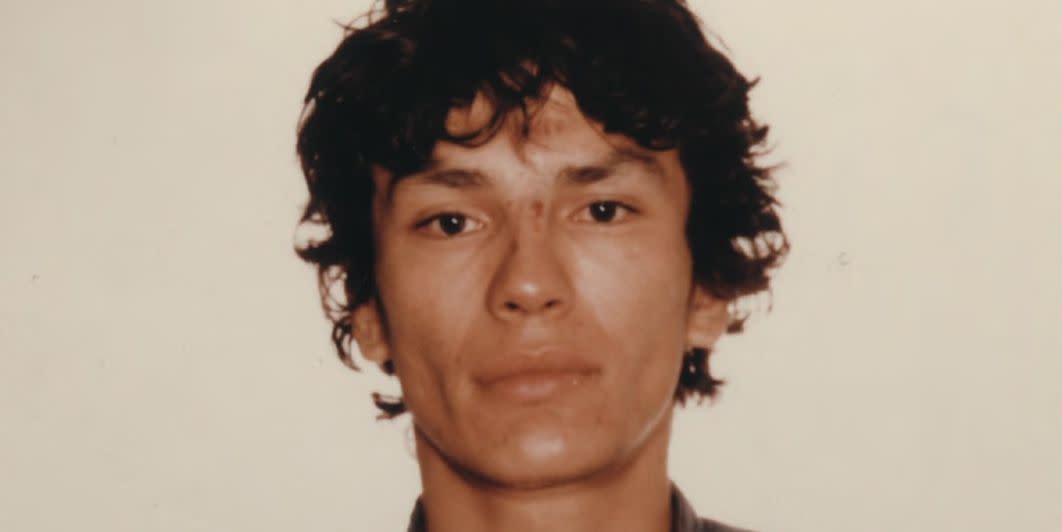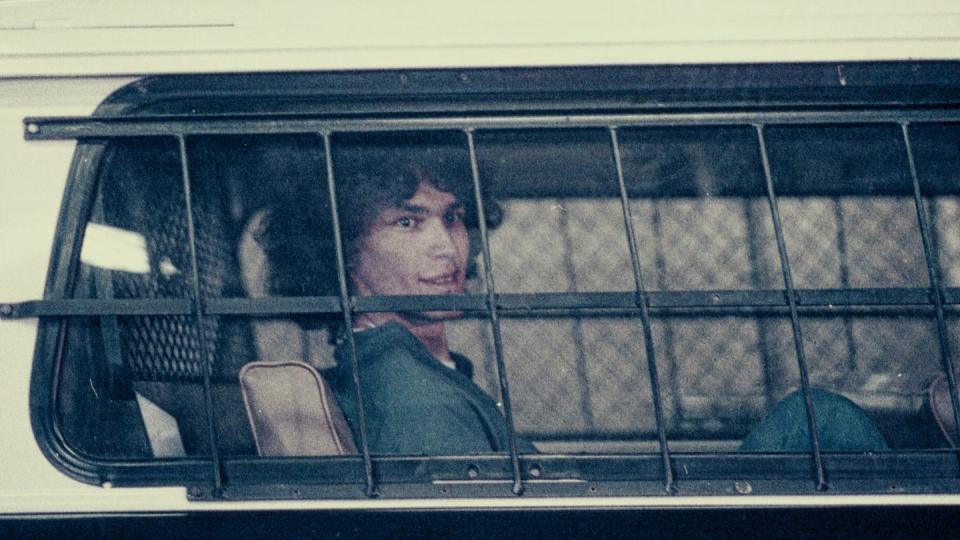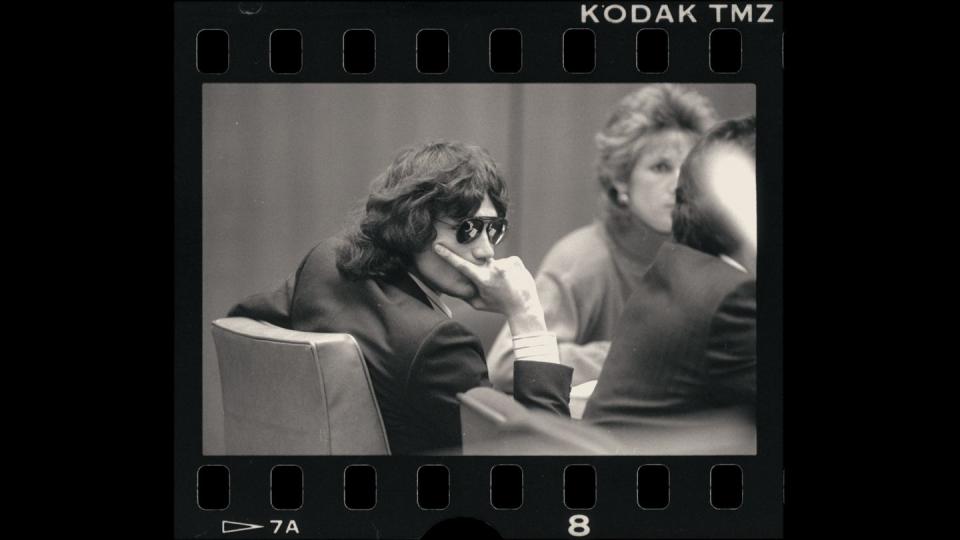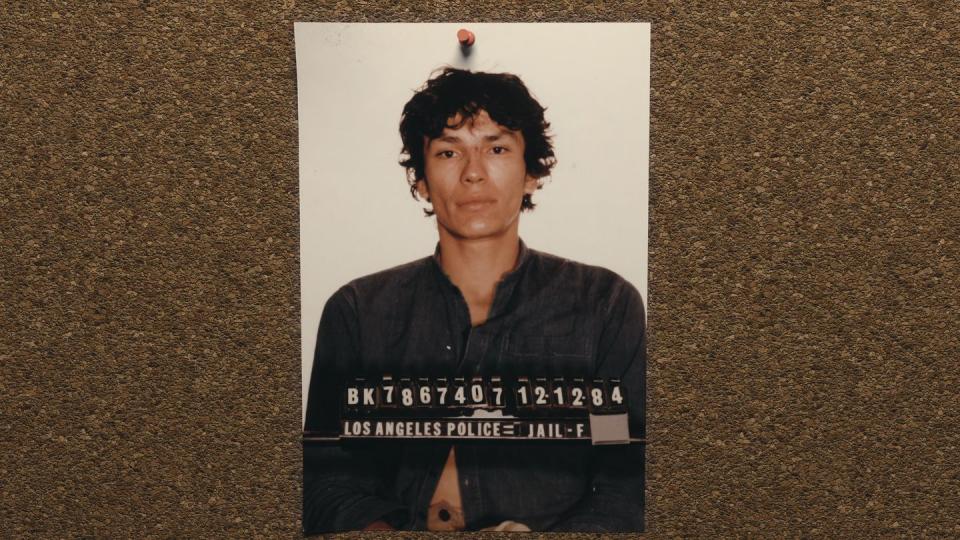Netflix's Richard Ramirez documentary The Night Stalker doesn't tell you everything

Note: This article contains discussion of sexual assault, crimes against children and other themes that some might find distressing.
Richard Ramirez, otherwise known as The Night Stalker, is the latest true-crime figure to get the Netflix documentary treatment. Given that he's been credited with being one of America's deadliest serial killers, re-writing textbooks with the scope of his crimes, the only real surprise is that it's taken the streaming giant this long.
Through testimony from witnesses, detectives and archive footage, viewers were taken through a play-by-play of Ramirez's brutality and the investigation that finally saw him caught, charged and convicted of 13 counts of murder, 5 counts of attempted murder, 11 counts of sexual assault and 14 counts of burglary.
As was shown in the series, charges were not brought against him for his sex crimes against children so as to spare the court the experience. Ramirez, who was thought to have been responsible for many more killings not yet discovered, was handed 19 death sentences and placed on Death Row.

While The Night Stalker did reference Ramirez's disturbing childhood, one of the documentary's biggest shortfalls is its lack of detail around the killer himself. While the series admirably tried to centre the voices of those worst affected by his actions, by not sharing any psychological or expert analysis it inadvertently sensationalised the man responsible.
We were also left with lots of questions, including why he did the things that he did. Knowing further detail about his earlier years might help to piece some of it all together. We'll share some of that with you now, for you to draw your own conclusions.
According to Philip Carlo's biographical crime book (also titled The Night Stalker), Ramirez's family were the only thing that ever made him feel any remorse for what he'd done.
"Somewhere there were people who loved and cared for him deeply," the book reads, describing the reason that Ramirez did not ever want to be caught or publicly linked to the string of crimes he left in his wake.
The youngest child of Mexican national Julian Tapia Ramirez and his wife Mercedes, Richard Ramirez (born Ricardo, he was also called Ritchie by his family) was born in El Paso, Texas, in 1960.
His father Julian was beaten extensively by his own father and his grandfather, which made him quiet and withdrawn. He vowed never to be violent towards his own children, but that didn't work out in practice. Later, once his eldest children were old enough to start getting themselves into trouble, Julian would succumb to the same actions that had once terrorised him as a child.
Richard's older brother Ruben had developed a glue-sniffing habit, and was one day arrested in a stolen car. Julian, whose temper had been getting shorter and shorter, beat him in a way that was described in the book as being merciless.
His brother Robert also started to experiment with substance abuse, and Julian's disciplining of his children started to edge into abuse. Richard, the youngest, witnessed a lot of what was going on in the house and was said to have been deathly frightened of his father.

At the age of two, Richard had a dresser fall on top of him, knocking him unconscious. He suffered a deep cut on his forehead and the scar remained visible as an adult. At the age of five, he was knocked unconscious by a swing in the park playground.
His parents were exposed to nuclear radiation; the US government were conducting nuclear bomb tests near where they lived. At that time, little was known or publicised about the detrimental effects of close proximity to this, but there was a high rate of birth defects in the area.
While pregnant with Richard, Mercedes got a job mixing pigments and chemicals in a factory. It wasn't known then how toxic that could be, and she started experiencing dizzy spells. She left the job five months into the pregnancy, after being warned that there may have been a risk to her unborn child.
Richard suffered with epilepsy when he was younger, experiencing between one and two dozen petit mal seizures (now called absence seizures) until his early teens, according to the book. At the age of seven, Richard would talk of having vivid dreams about monsters and of seeing them running around the garden – something that frightened him. It was later said that this may have been part of his seizures.
By the time he'd turned 12, Richard's older brothers had moved out of the family home. It was around this time that his cousin Miguel (also known as Mike) returned from the Vietnam war, providing Richard with someone to look up to.
According to Carlo's book, Mike would share horrifying and violent stories with Richard from his time in Vietnam. Mike would also brag about the women he had raped, showing graphic polaroid photos of his victims.
In his early teens, Richard also witnessed Mike kill his own wife Jessie, by shooting her in the face at point-blank range. Mike told Richard not to tell anyone what he'd seen. He didn't, but instead he became more withdrawn, and started stealing and getting high a lot more (Richard had first started smoking marijuana at the age of 10).
Mike was found not guilty of Jessie's murder, by reason of insanity, and was released after four years in a state hospital to once again become an influence in Richard's life.

Fast-forward to 1985 and once Richard Ramirez, now the Night Stalker, was taken into police custody, he refused to talk about anything relating to his crimes. He did, however, open up about his family and childhood, telling detectives that his father would beat him and his brothers when they were younger.
The docu-series made it clear that investigators believe Ramirez to be responsible for far more than what he was convicted of.
In 2009, his first known victim was identified – that of 9-year-old Mei Leung. In 1984, her body was found in the basement of a hotel in the Tenderloin district of San Francisco. She had been raped and murdered. Ramirez was said to have been staying at two hotels in the general area at that time, and DNA evidence linked him to the crime. In 2016, it was revealed that a second suspect's DNA – an unnamed man, said to be a convicted felon – was also recovered at the scene (via New York Post).
It was confirmation of Ramirez's involvement in this rape and murder that ended his marriage to Doreen Lioy. As mentioned in the documentary, Ramirez became something of a celebrity following his arrest and – as we've seen in other cases, such as Ted Bundy – some women were drawn to him.
Doreen Lioy, also known as Doreen Ramirez, was one of them. After seeing him on television following his arrest, she started writing him letters. The pair are said to have started a courtship, with her visiting the prison and attending his trial. They married at California's San Quentin State Prison in 1996.
Believing in his innocence, she once described him as "kind", "funny" and "charming" during a 1997 interview with CNN. This is said to have changed after the news of Mei Leung.
The Night Stalker is available on Netflix.
Readers who are affected by the issues raised in this story are encouraged to contact the NSPCC on 0808 800 5000 (www.nspcc.org.uk). Readers in the US are encouraged to contact the Childhelp National Child Abuse Hotline on (1-800-422-4453) or the American SPCC (www.americanspcc.org).
Digital Spy has launched its first-ever digital magazine with exclusive features, interviews, and videos. Check it out with a 1-month free trial, only on Apple News+.
Interested in Digital Spy's weekly newsletter? Sign up to get it sent straight to your inbox – and don't forget to join our Watch This Facebook Group for daily TV recommendations and discussions with other readers.
You Might Also Like

